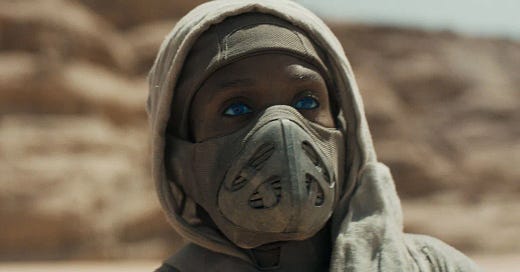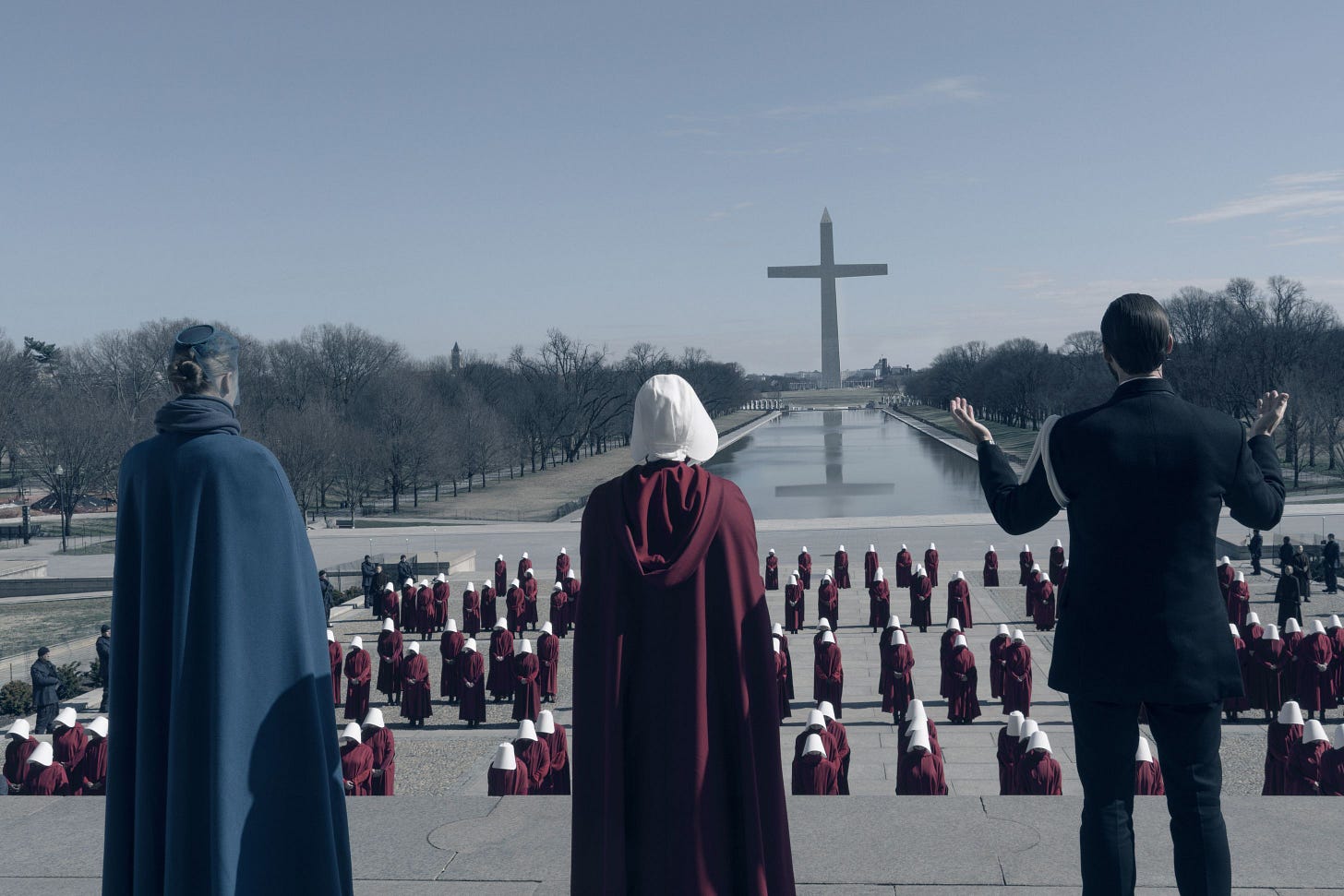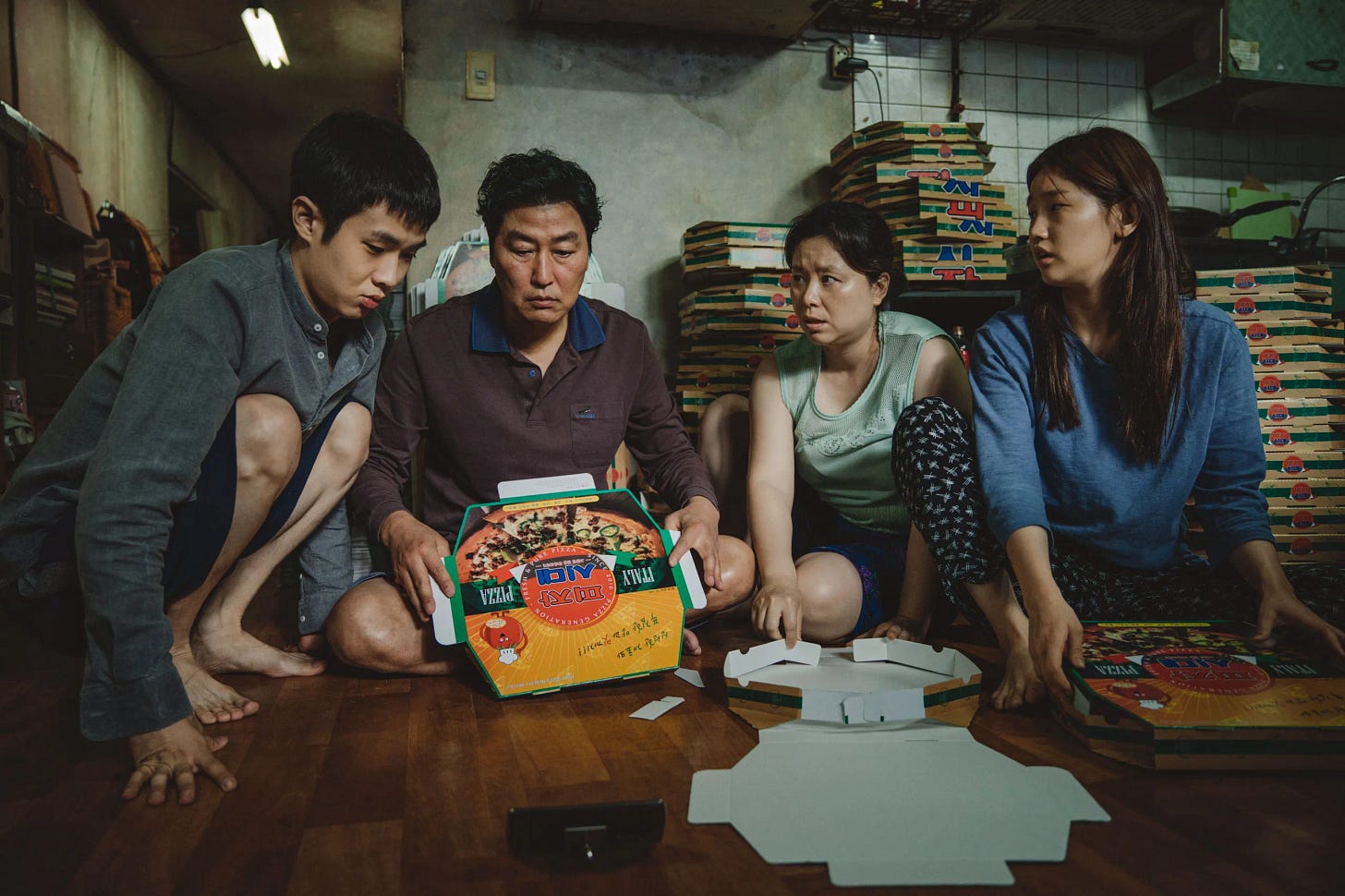“Setting never gets in the way. It is the way of the story.”
- Gordon Chaplin
Picture this: You have an idea for a character. They are funny and compelling. Courageous but flawed. Perhaps you’ve already come up with their overarching objective and figured out what might stop them from achieving it. You’ve even begun to consider what their friends might be like and, of course, their enemies.
All the right ingredients are there but you haven’t yet decided exactly when and where you want to set your story. Or maybe you have a rough idea but aren’t sure what details you need to work out before you can put pen to paper.
Well, you’re in luck. This edition of Writers Workshop is all about creating a sense of time and place within your story that will not only add texture but could, in fact, define the entire direction of the plot.
For paid subscribers, there are also three writing prompts for you to explore at the end of this piece. If they lead you to anything, I’d love to read about it in the comments. I’ll see you there.
When I think about the novels that have stayed with me, the ones that linger in my bones long after I’ve turned the last page, it’s rarely just the characters or the plot that hold me. It’s the world. The where of it all. That undeniable sense of place, so vivid it feels like you could step inside, breathe its air, taste its rain.
When I was writing my first book Another Life, I knew good world building would be vital. We meet our first protagonist Lucy in a version of London that feels very current - except there is a new piece of technology that allows women to grow their babies in external wombs. I had to think about what that might look like and how the advent of this tech would send ripples through socio-political landscape of Lucy’s world.
Then, we meet Omar, 40 years into the future. I had to imagine what other technology might exist then. How people might live, talk, breathe, eat and consume art and media.
The biggest question I sought to explore in Another Life though, was how the birth of a new piece of technology might impact an individual based on when they exist in time, where they live and how privileged they are.
Setting isn’t just backdrop. It’s character. It shapes the people who live within it, dictates their choices, influences their fears and desires. A woman crossing the bustling streets of Lagos moves very differently to a woman walking home through the hushed lanes of a Cornish fishing village. A love story unfolding in the neon haze of 1980s Tokyo hums with a different energy than one set in the shadow of a crumbling Victorian manor.
Where a story happens changes the story itself.
More Than Geography
We tend to think of setting in terms of geography: city or countryside, hot or cold, mountains or sea. &, Of course, these are the bones of it. But place is more than just a physical landscape. It’s time. It’s social environment. It’s history and superstition, the whispers passed down through generations, the way a town folds itself around its past like a secret it’s only half-willing to tell.
Time sets the rules. A novel set in Tudor England comes with a different set of constraints, freedoms and dangers than one set in near-future Johannesburg. The expectations placed on women, the rights afforded to workers, the technologies available, the very language people use - these are all dictated by when a story takes place. What illnesses might be common in this time? What access do people have to healthcare? Does a character die of something treatable today? Are they living in a time when a common cold is a death sentence? What do people fear most in this world?
Think about The Handmaid’s Tale. The Republic of Gilead is terrifying not because it is purely dystopian fiction, but because it is rooted in a believable past and an all-too-possible future. The setting dictates the stakes. Now imagine Offred’s story set in modern-day New York City with full legal rights. The tension evaporates. The setting makes the story.
When world-building is neglected, the whole structure crumbles. Think of the final season of Game of Thrones - for years, Westeros was a sprawling, deeply realised world where distance mattered, politics were intricate, and battles had consequences. Then, suddenly, characters were teleporting across continents, strategic thinking vanished and the world lost its sense of reality. When setting is sacrificed for speed, the story suffers (and Reddit explodes with angry fans!).
The Social Environment: Unspoken Rules and Invisible Barriers
It is important to think carefully about the social fabric of your piece. The intricate web of culture, politics, religion and class that determines not just what a character can do but how they are perceived when they do it. Who holds power? Who is overlooked? How does a place feel for someone on the outside, versus someone born into it?
Consider Parasite, Bong Joon-ho’s masterful examination of class. The setting - two homes at extreme ends of the wealth spectrum - isn’t just where the action happens. It’s the entire foundation of the film’s message. The rainstorm that is a minor inconvenience for the wealthy family becomes a catastrophe for the poorer one, their home flooding while their employers' home remains untouched. The setting isn't just in the background; it's actively shaping the stakes.
Similarly, in Small Island by Andrea Levy, London’s post-war racial tensions aren’t just a backdrop. They shape every interaction, every moment of conflict. The city breathes and moves differently depending on whose perspective we follow. If your setting is a place where being a woman, disabled or a global majority person makes life more difficult, how does that manifest in your characters’ daily lives? Are there places they can’t go? Jobs they can’t get? Laws that work against them? Setting is not neutral - it is political, social and deeply personal.
Now think of The Divergent Series. Its entire world hinges on a rigid faction system that sorts people based on their dominant personality trait - except the logic unravels almost immediately. People are more complex than a single defining characteristic and the world doesn’t feel like a functioning society. Without a believable social environment, the tension and stakes feel manufactured, and the story loses its weight.
Mood: The Invisible Thread
One of the most powerful tools in setting is mood. A sunlit meadow at dawn feels hopeful; that same meadow at dusk, with fog creeping in and shadows stretching long, suddenly hums with unease. Mood shapes the emotional undercurrent of a story and the best writers use it with intention. They wield weather like a weapon, use architecture to whisper secrets, let the wind carry warnings.
Think of Rebecca by Daphne du Maurier. Would Manderley hold the same weight if it were a cheerful, well-lit estate? Its oppressive presence is the story. Or The Shining - would the horror unfold the same way in a suburban house? No, because the isolation of the Overlook Hotel, its vast emptiness and lingering ghosts, is integral to the terror.
When mood is neglected? You get Cats (2019). The world has no internal consistency - are the cats human-sized? Are they wearing clothes, or is their fur also clothes? Why does some of the CGI look unfinished? The complete lack of coherence in world-building meant the audience was constantly distracted, unable to suspend disbelief long enough to engage with the story.
Writing Your Where
So, how do we build settings that breathe? We start by looking beyond the obvious. Beyond “Paris, 1925” or “a small town in the Midwest.” We ask: What does this place do to the people who live in it? How does it shape them? What ghosts live in its walls?
Think about the clothes your characters wear. Are they practical? Restrictive? Are they dressing for the weather, the occasion or social expectations? Consider The Great Gatsby. The shimmering parties of the Jazz Age aren’t just aesthetic - they’re suffocating, their glamour a thin veneer over deep disillusionment. Every glittering detail of Gatsby’s mansion tells us something about the world and the people in it.
How do people get around in your setting? Is transport easy and accessible, or is movement restricted? Does a character walk everywhere because cars are a luxury, or is there a public transport system teeming with life? The way people move through a place shapes their experience of it.
What about terrain? A desert setting brings a different set of struggles than a coastal town prone to storms. Think about Dune - the very nature of Arrakis forces the characters to adapt, to wear stillsuits, to respect water as currency. A setting’s landscape isn’t just visual; it dictates survival.
For those of you who are paid subscribers, I’ve put together three writing prompts to help you create a deeper sense of place in your own work. You’ll find them below.
For the rest of you, that’s all for this issue of Writers Workshop. I hope it helps you build some fascinating worlds for your characters and please don’t hesitate to reach out if you have any questions.
Happy writing!
xK
The Ampersand by Karla Marie Sweet is a reader-supported publication. Paid subscribers can access every issue & get special member perks as well as my eternal gratitude.
If you’d prefer a commitment-free way to support my work, you can click the like button on this post, share it or buy me a coffee ❤️.










